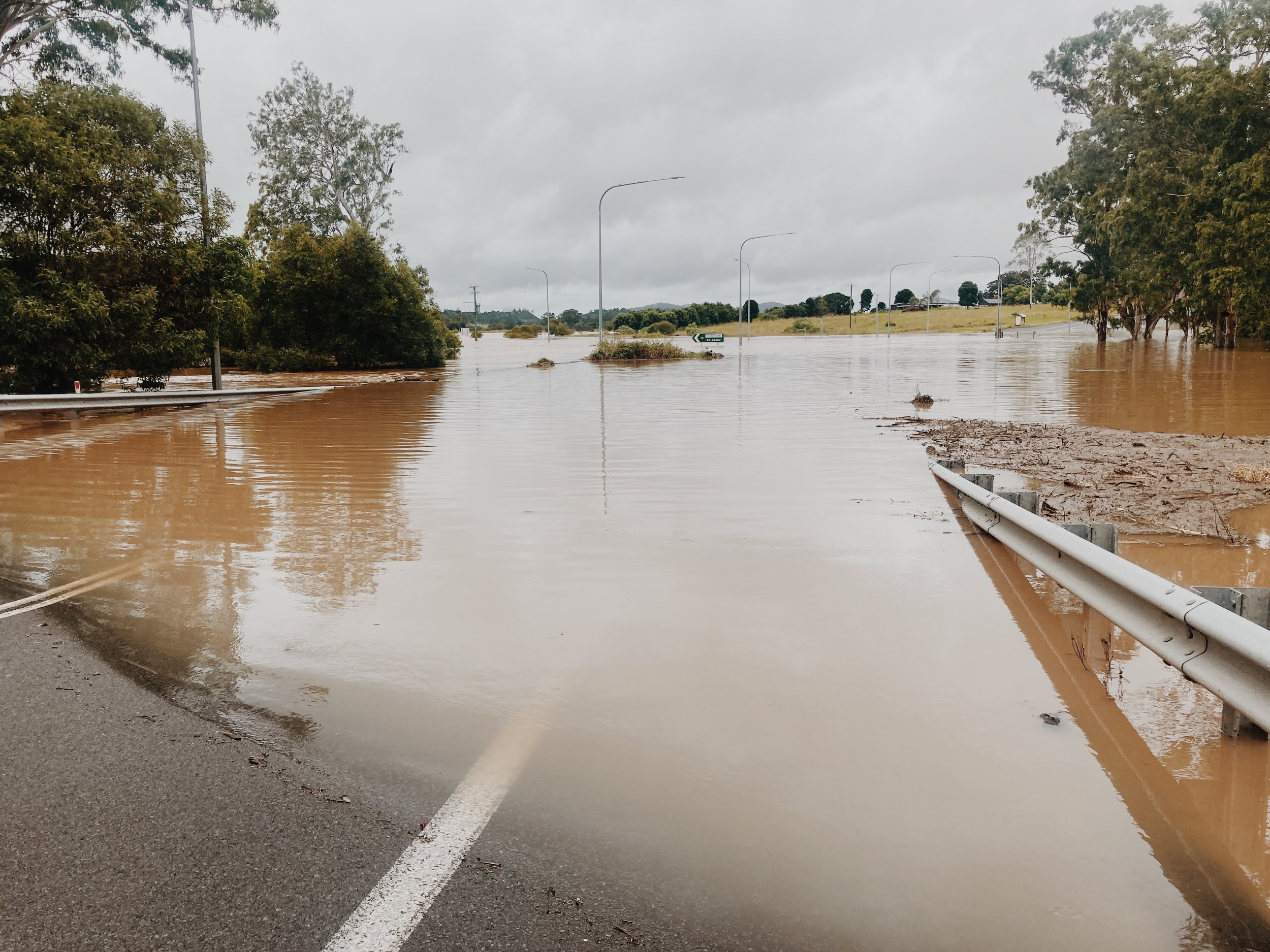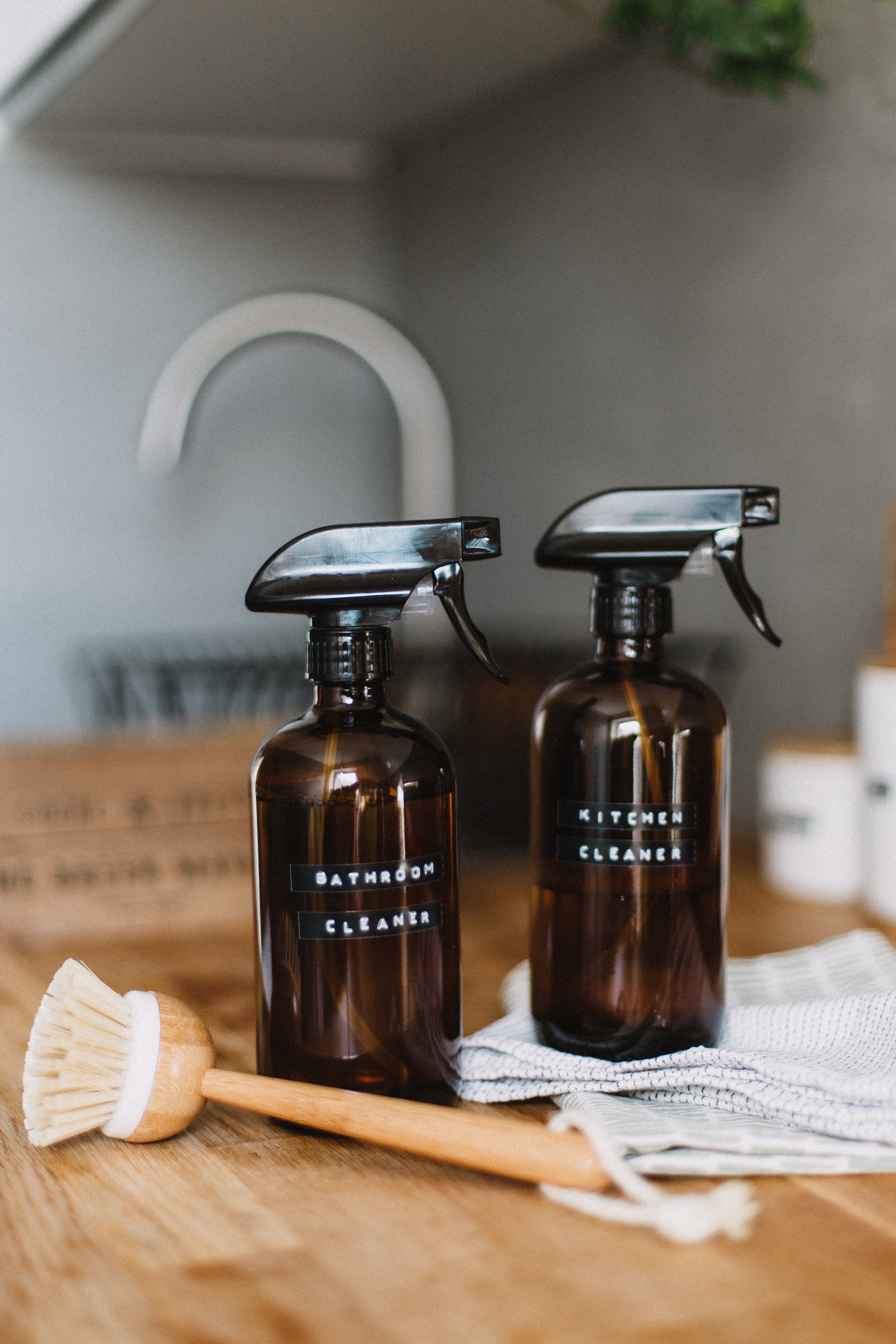Mould management and treatment

After a horrific week of flooding across Queensland and NSW in Australia during February/March 2022, many people are now dealing with the cleanup of their flooded homes. Some have a small amount of water damage, while some have lost everything. It’s been devastating to watch…and it’s still ongoing.
One thing that has been amazing is to watch communities pull together and help each other out, truly heartwarming to see people’s kind hearts coming through.

This is a picture of the main road that surrounds us which was cut off for many days as the Mary River swelled beyond belief leaving many towns isolated.
You can see the "Brisbane" motorway sign in the background, the waters rose to just under that with the bridges on that road completely engulfed by the flood waters from the river.
A crucial part immediately after the water receding is the cleanup in order to prevent mould growing on all damp surfaces. Mould is a huge health issue so it’s so important to deal with it as soon as you can so it doesn’t become bigger, and you get to the point where you do literally have to throw everything out and it’s adversely affected your health too.
Now, before we continue - please know that bleach should NOT be used during any of this! Did you know that the EPA has even recommended to not use bleach to help clean mould as its been shown to actually ENCOURAGE the growth of toxic mould. Yuck. Not to mention not having to deal with the smell of it plus having to endure all the possible negative health benefits. Serious one - make sure to look them up.
Common mould symptoms
To give you some context, here is a list of symptoms that may indicate mould toxicity. Fatigue, insomnia, headaches, anxiety, impaired cognition/memory, digestive issues, skin rashes, joint pain, respiratory issues etc. It can also lead to and re-trigger chemical and EMF sensitivities, as well as underlying health conditions. This can be very serious for those that are already dealing with underlying health conditions, and could set them back months in their healing journey.
Immediate action steps
Here are some action steps and instructions on how to clean various surfaces and items that I’ve collated after watching some experts discuss their strategies (Nicole Bijlsma - Building Biologist, Dr Sandeep Gupta - Integrative Doctor with expertise in mould treatments).
Before tackling the cleaning, ensure you wear appropriate respiratory/eye protection while cleaning so you’re not breathing in fungal particulates.
Drying out the house/dwelling
- Dry within 48 hours to prevent mould growth
- Heat (use a normal heater at 27 degrees optimal)
- De-humidifier (air-con etc.)
- Fans to speed up evaporation
- Air filter to remove fungal particulates
Cleaning porous materials (NO visible mould)
- Clothes, material etc. - launder as normal (I recommend a non-toxic detergent such as Thieves Laundry Soap)
- Carpet, sofa, mattress, walls, books etc.
- HEPA filter vacuum
- Damp microfibre cloth (with a detergent so emulsifies fat off surfaces, I recommend a non-toxic detergent such as Thieves Dish Soap)
- HEPA filter vacuum again
Cleaning porous materials (WITH visible mould)
- It’s contaminated - throw out (recommended when you’re in an extreme scenario and especially if you are sensitive to mould)!
- Clothes etc. put into garbage bag and bin so the spores don’t spread and contaminate further.
Cleaning non-porous materials
- Clean as per normal as mould doesn’t grow on these surfaces, only on the dirt that might reside on there.
General maintenance
Did you know that by the time you see visible mould you’re looking at about 65 million spores per square inch?! 500 spores per square inch is normal, it’s nature’s greatest decomposer. And another interesting point is that electromagnet radiation can amplify symptoms of mould illness, so this is something else to keep in mind and try and limit your exposure.
Of course if we can, prevention is preferred than treatment so here is a list of things to keep an eye on to keep a mould-free healthy environment:
- Clean all dust from surfaces as dust on any surface with water vapour around will be conducive to growing mould.
- Open windows and use fans to promote air circulation.
- Use a de-humidifier in extremely humid rooms or areas.
- Clean your gutters.
- Identify any sources of moisture around the house, if it’s wet over 48 hours this can become an issue.
Cleaning
No doubt at some stage in your life you’ve experience seeing mould in your house. Whether it’s on your clothes in a forgotten dark cupboard or on the bathroom ceiling after many showers without adequate ventilation. Though the advice above said to throw out any items that are contaminated, many of us simply clean it off and continue as normal. As with everything though, context matters. If you have any health issues, I would opt for the more extreme approach of throwing things out, adding mould illness to your mix is just not worth it.

If your health is generally okay, and you are looking into the source of the moisture problem and addressing this, but you’re finding some visible mould every now and then, then here are some tips about how to clean it more effectively:
- On clothes, walls etc: spray undiluted white vinegar (do not mix it with water!) onto affected area and leave for up to an hour, wipe off.
- On windows/shower doors: apply a mixture of bicarb soda and undiluted white vinegar, let it sit for 10-15 minutes, wipe off. I have an easy DIY natural soft scrub recipe here.
For general maintenance cleaning I like to include Clove essential oil as this is very powerful to protect against mould. For me this is as simple as using my all purpose surface spray which includes 10ml of concentrated Thieves Household Cleaner which is less than AUD$1 for a 500ml bottle! I use this to clean absolutely every surface in every room.
I love the simplicity, and it’s effective, but most importantly it’s safe.
Additional resources
I hope this information has give you some more ideas about how to deal with mould in your household and some context around different treatments. If you do find your health suffering from mould then I would highly recommend you seek some expert help:
Gen and Leisa from Nourishing Therapies have a mould section within their program among general gut health and overall wellbeing. They have experienced mould illness themselves so you can delve into this issue further during consults with them knowing they are speaking with experience and able to work with you to get through it. https://nourishingtherapies.com.au
Nicole Bijlsma’s book “Healthy Home Healthy Family” delves into mould as well as the possible health implications within the buildings you live and work in.
Dr Sandeep Gupta has several “Mold Illness Made Simple” online courses https://toxicmould.org/
Toxic Mould Support Australia has a range of online information (testing, types of vacuum cleaners, air purifiers etc) https://toxicmould.org/
